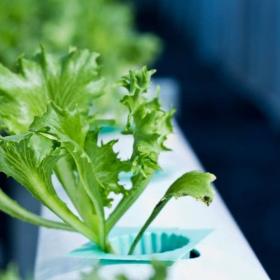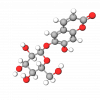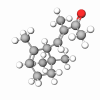Although this leafy green vegetable’s popularity has recently increased, it is far from new. It has been cultivated for around 2,000 years. Leaf cabbage is thought to have originated in the Asia Minor region and was then brought to Europe by Celtic nomads. Throughout Europe, until the Middle Ages, it was one of the most popular green vegetables eaten by peasants.
Kale (Brassica oleracea) is quite a hardy plant, especially in cold weather. Botanically, Leaf cabbage belongs to the Brassica family and is closely related to broccoli, cauliflower, cabbage, and Brussels sprouts. It is an annual plant with succulent curly leaves. There are many varieties of Leaf cabbage; some more popular types are the Tuscan Kale (sometimes known as Dinosaur kale) and the Scotch curly-leafed kale. The most common color is the dark green variety, but it is also available in various other colors like purple, dark blue-green, and pinkish-white.
Many recent articles written on Leaf cabbage start with the heading “Hail Kale,” reverencing this ‘superfood.’ Kale has only 0% fat content, around 33 calories per cup, and 5 grams of fiber, which is a critical component in lowering cholesterol levels. The above makes it a real bonus for Weight Watchers. As you will see from the following list of nutritional benefits, Kale is worthy of being called a superfood.
Brassica Oleracea Acephala Leaf Extract is a good source of Vitamins A, B6, and C, manganese, potassium, sulfur, and beta carotene. Beta carotene is a powerful antioxidant and a key player against free radicals and other age-related changes in the skin. Kale also contains carotenoids, lutein, and zeaxanthin, which have excellent anti-aging effects on the skin.Brassica Oleracea Acephala Leaf Extract also has good levels of Vitamin K, a fat-soluble vitamin necessary for an extensive range of bodily functions, e.g., normal blood clotting, antioxidant activity, and a remedy against spider veins.











